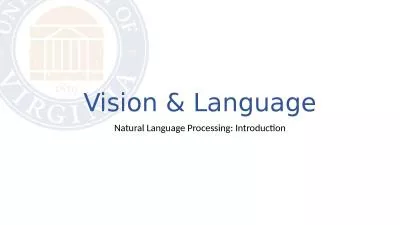PPT-Natural Language Processing
Author : cheryl-pisano | Published Date : 2018-02-19
Machine Translation MT 2 Machine translation was one of the first applications envisioned for computers First demonstrated by IBM in 1954 with a basic wordforword
Presentation Embed Code
Download Presentation
Download Presentation The PPT/PDF document "Natural Language Processing" is the property of its rightful owner. Permission is granted to download and print the materials on this website for personal, non-commercial use only, and to display it on your personal computer provided you do not modify the materials and that you retain all copyright notices contained in the materials. By downloading content from our website, you accept the terms of this agreement.
Natural Language Processing: Transcript
Download Rules Of Document
"Natural Language Processing"The content belongs to its owner. You may download and print it for personal use, without modification, and keep all copyright notices. By downloading, you agree to these terms.
Related Documents

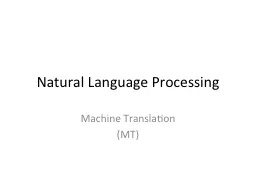
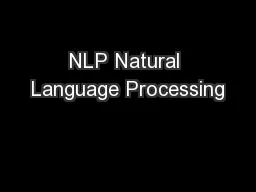
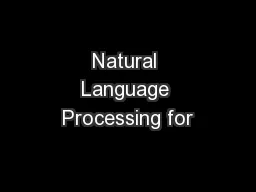
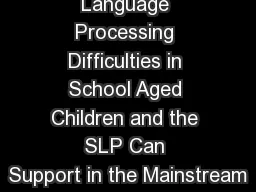
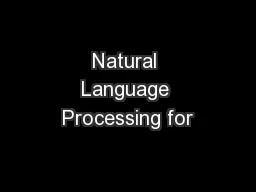

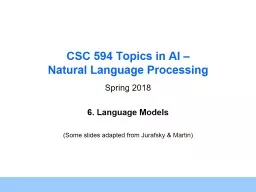
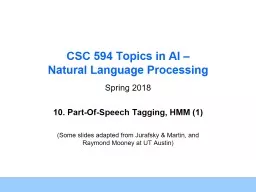
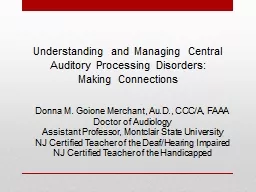
![[PDF]-Python Natural Language Processing Advanced machine learning and deep learning techniques](https://thumbs.docslides.com/970435/pdf-python-natural-language-processing-advanced-machine-learning-and-deep-learning-techniques-for-natural-language-processing.jpg)


